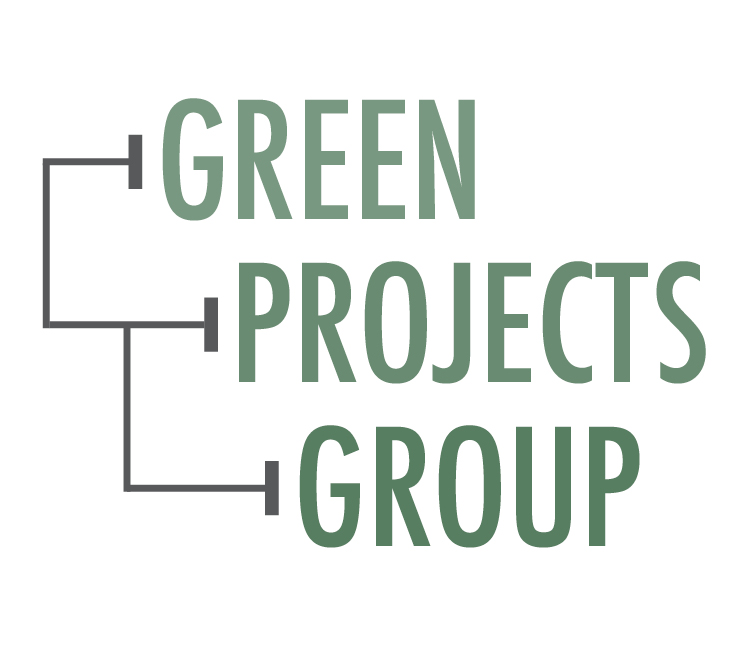Lightbulbs 101
With so many options out there, you might be wondering about the differences between the various lightbulbs on the market. Well, you’re in luck! Below is a quick summary of the main types; how they work, their main benefits, and their drawbacks. (Be sure to stick around for an embarrassing confession at the end.)
Pssst want the quick 90 second version? Watch this quick video from Will
Incandescent Bulbs
The incandescent lightbulb was the first widely used electric light source, and it was famously patented by Thomas Edison in the late 19th century. These bulbs work by passing an electric current through a thin filament, which heats up and emits visible light. The downside to Incandescent bulbs? They are massively inefficient because most of the energy (90%) is converted to heat instead of light. But you have to start somewhere, right?
Fluorescent Bulbs
Fluorescent lightbulbs, on the other hand, use a different technology. An electric current passes through a gas containing liquid mercury, heating it up and turning the mercury into a gas. As more electrons move across the tube, they collide with gaseous mercury atoms and excite them, which causes them to emit ultraviolet light. We can't see UV light, of course, so there's one more step.
The ultraviolet light reacts with a phosphor coating on the inside of the bulb. Specifically, the electrons in the phosphor coating jump up and down between energy levels, emitting photons in the visible light spectrum. Fluorescent bulbs are much more energy efficient than incandescent bulbs but contain mercury which is toxic and requires special disposal.
LED Bulbs
LED (Light Emitting Diode) bulbs are the newest kids on the block. They work by passing an electric current through a semiconductor material (specifically, a diode). Pure silicon is a poor conductor, but silicon with specific impurities is able to conduct... "semi." The type of impurity gives these semiconductors specific properties.
Buckle up, we’re going deep. In a diode, semiconductors are stacked together in two sheets with different impurities that cause their electrons to behave differently. These two types of semiconductor materials are called N-type and P-type.
N-type semiconductors have a crystalline structure that causes them to have excess or "free" electrons, which are easily able to move elsewhere.
P-type semiconductors have gaps in their crystalline structure and easily accept excess electrons from elsewhere (in our case, they're readily provided by the N-type semiconductor).
When a current is directed across the diode, and free electrons from the N-type semiconductor readily move to the holes in the P-type semiconductor, they move from molecules with excess electrons (and therefore more energy) to molecules with fewer electrons (and therefore less energy). Since energy can neither be created nor destroyed, only transformed, this "downshift" in energy states means that energy has been cast off somehow. The energy lost by these electrons between the two semiconductors is cast off as photons (i.e. visible light).
LEDs are even more energy efficient than fluorescent bulbs, have a longer lifespan, contain no toxic materials, and are more durable. They also offer a range of colors and can be dimmed easily, making them very versatile.
Summary
In summary, incandescent bulbs are the oldest and least efficient technology, while fluorescent bulbs are more efficient but contain toxic materials. LED bulbs are the most efficient and versatile, with no toxic materials. We’ll let you choose the winner.
Surprise Confession!
And now for the big reveal: I really didn't know how LEDs worked until I looked it up for this video. Sure I knew it stood for light emitting diode, but I really didn't know exactly how they worked!
I mention this because it just goes to show that you don't have to be an expert to be more energy efficient. Just take action in the most impactful topic areas within your control: the machines and devices in your home and your garage (i.e. your furnace, water heater, vehicle, etc.). As long as you're switching to an all-electric life, and being as efficient as possible with that electricity, it really doesn't matter exactly how an LED or a heat pump works. The point is: they work! Stay electric, friends. And have fun doing it.

